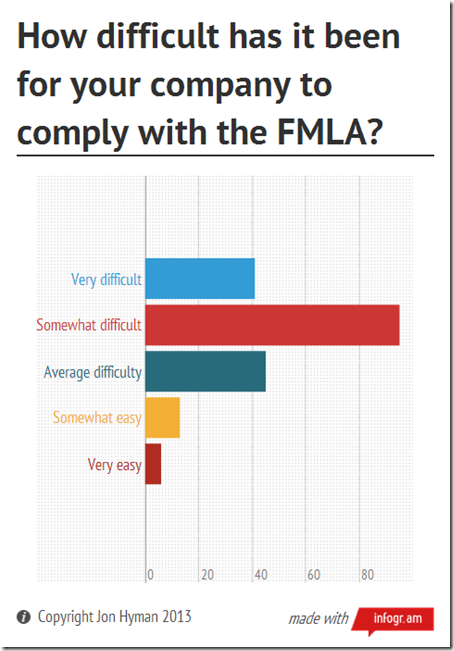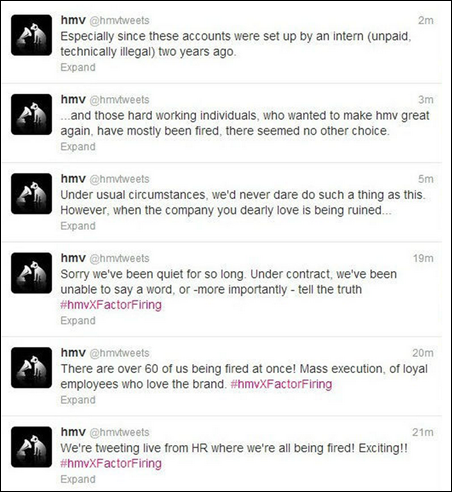Since Valentine’s Day will be fast upon us, I thought I’d take a new look at a popular issue this time of year—the office romance.
Gerald v. University of Puerto Rico (1st Cir. 1/28/13) [pdf] is textbook example of the parade of horribles that can happen when an office romance sours.
During at at out-of-town conference, Dr. Melissa Gerald had a week-long sexual relationship with her supervisor, Dr. Edmundo Kraiselburd. According to Gerald, the affair embarrassed her and she rebuffed Kraiselburd’s pursuits after their return home. Two years passed without incident, after which Gerald alleges three separate incidents of harassment occurred, all within two months of each other: (1) Kraiselburd propositioned Gerald for sex, (2) Kraiselburd grabbed her breast, and (3) Kraiselburd asked her, “What will it take for you to f**k me?”.
The hospital defended against Gerald’s sexual harassment claim by arguing that Gerald often engaged in sexual and off-color banter with Kraiselburd, and therefore invited whatever she received in kind. In reversing the district court’s dismissal of Gerald’s lawsuit, the court of appeals shut down any argument that Gerald had “asked for” the harassment:
We fail to see how an employee telling risqué jokes means that she is amenable to being groped at work. Instead the evidence here was enough, at the very least, to raise a factual question as to whether Kraiselburd’s conduct was unwelcome….
Pointing to the fact that Gerald and Kraiselburd often engaged in off-color banter, the University says the supposed harassment was not severe. We disagree and think a jury could have seen things otherwise. Gerald says Kraiselburd grabbed her breasts, sexually propositioned her, and crassly asked in front of others why she would not have sex with him. The University is not denying these occurrences for summary judgment purposes. These offensive incidents, which involved sexual propositioning and uninvited touching, can reasonably be viewed as severe; and, in the case of the breast grabbing incident, physically threatening (not to mention criminal). Like we have said, it is clear that "behavior like fondling, come-ons, and lewd remarks is often the stuff of hostile work environment claims….”
While this case shows what can go wrong when employees become sexually involved, it is not a reason to ban office romances or trysts. I believe that employees’ business is their business. We expect employees to commit long hours to their jobs, and it is often the case that their only opportunity to socialize is at work. The heart goes where it wants to go, and no workplace rule or policy will stop employees from getting involved with each other.
Instead of banning office romances, companies should reinforce appropriate workplace behavior during harassment avoidance and response training.
- Tell employees that office romances are not prohibited, but that the company expects professional behavior regardless of the personal relationship (past or present) between employees.
- Offer examples, such as the Gerald case, of how to not to behave following a break-up.
- Advise employees that unprofessional behavior following an office relationship is not tolerated, and will lead to discipline, up to and including termination.
Following these simple steps will put you in a position to present the best defense possible to a harassment lawsuit stemming from an office dalliance. It also means that you won’t have to fall back on the “she asked for it” defense, which, as Gerald illustrates, rarely works.
 I’m a white male, which means I’ve spent my entire life unprotected by the various civil rights laws to which I’ve devoted my career. Yes, I’m Jewish, but the legal profession isn’t known for its mistreatment of Jews. In other words, I’ve been exposed and unprotected for the first 40 years of my life.
I’m a white male, which means I’ve spent my entire life unprotected by the various civil rights laws to which I’ve devoted my career. Yes, I’m Jewish, but the legal profession isn’t known for its mistreatment of Jews. In other words, I’ve been exposed and unprotected for the first 40 years of my life.


 Mozy
Mozy According to the
According to the 
 If I had to rank questions I get from clients in order of frequency, questions on medical leaves would be near, if not at the top of, the list. These questions usually take the form of, “Sally has been out of work on a medical leave for a few weeks (or months), and tells us she needs to be out for a few more. We need to get her work done. Can’t we just replace her and move on?” The easy answer, whether or not you are covered by, or the employee is eligible under, the FMLA, is a big fat “no.”
If I had to rank questions I get from clients in order of frequency, questions on medical leaves would be near, if not at the top of, the list. These questions usually take the form of, “Sally has been out of work on a medical leave for a few weeks (or months), and tells us she needs to be out for a few more. We need to get her work done. Can’t we just replace her and move on?” The easy answer, whether or not you are covered by, or the employee is eligible under, the FMLA, is a big fat “no.”  The year is young, but we already have a strong candidate for the lawsuit of 2013.
The year is young, but we already have a strong candidate for the lawsuit of 2013.